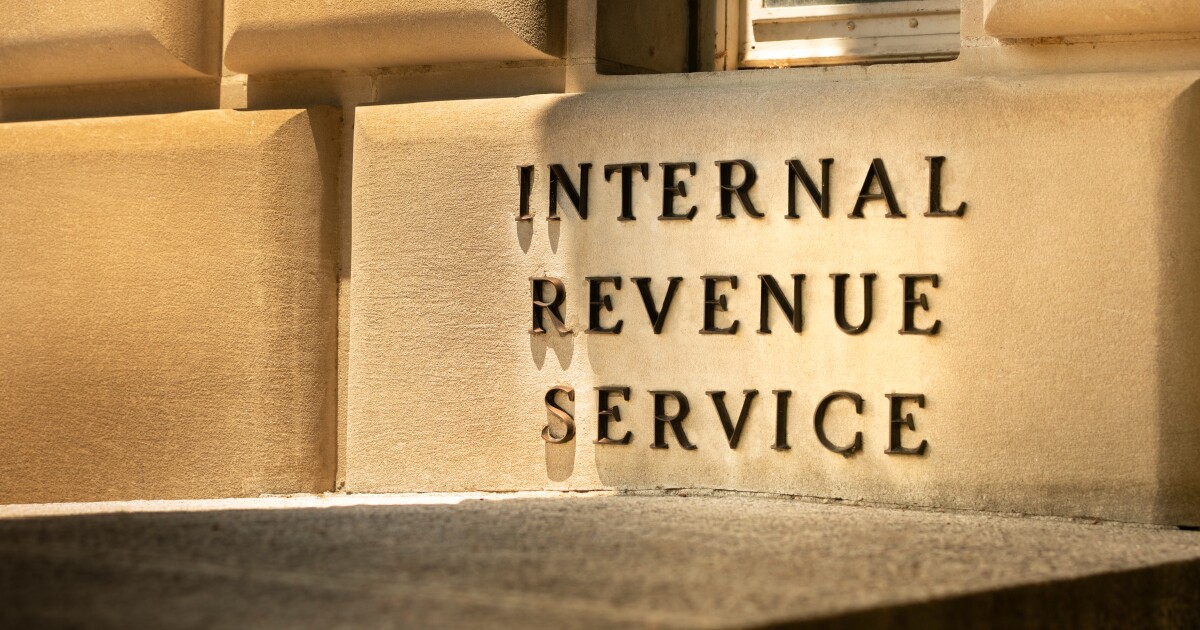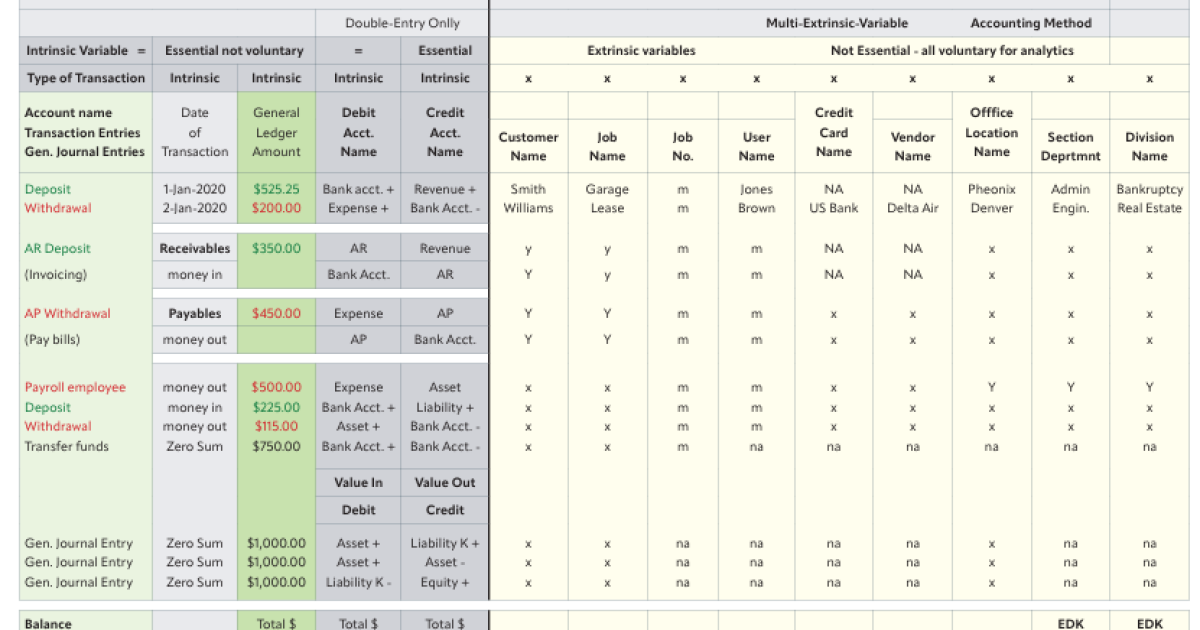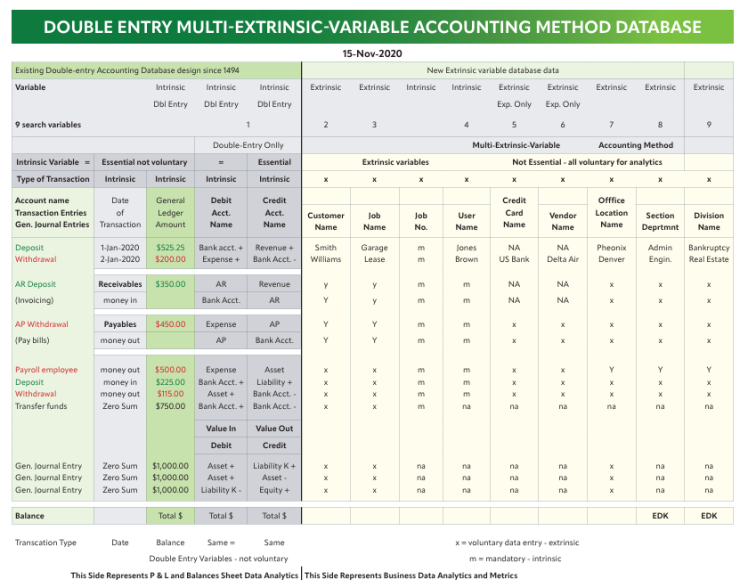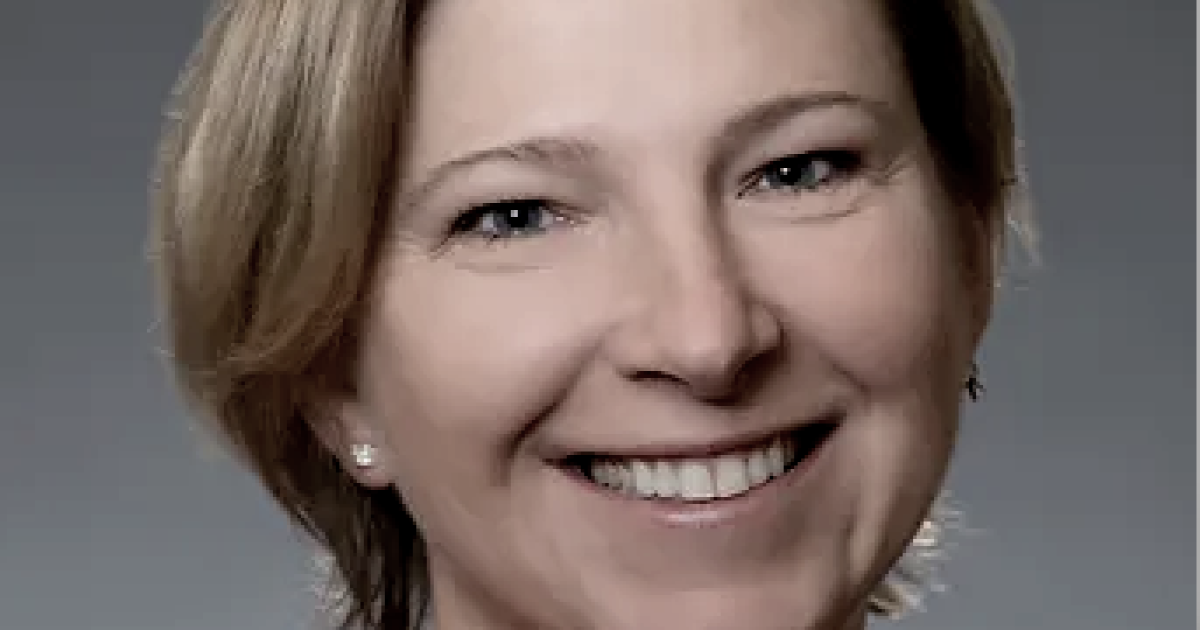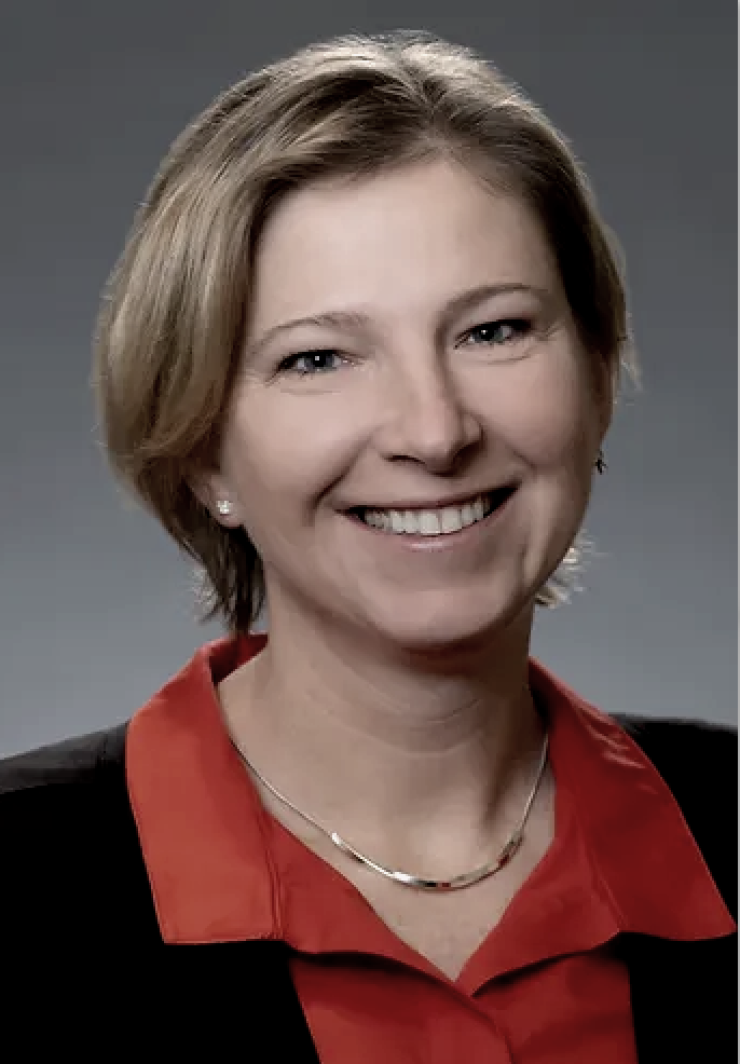Enjoy complimentary access to top ideas and insights — selected by our editors.
I have been very successful in part because I thought outside the box and tried new things. Not everything worked, but enough worked to make all the effort well worth it. Here is an illustration of an off-the-wall something I did that worked great. I forgot about this completely and never wrote about it and it wasn’t even considered for my Memoirs of a CPA book, until I received a text last week.
Some recent background
A couple of weeks ago I was on a podcast with Yuri Kapilovich, CPA, author and “the fun CPA.” We discussed the current situation in public accounting, and he asked if I had any suggestions to alleviate the shortage and the onerous hours at many firms. I suggested something that would solve both problems simultaneously. I don’t remember his reaction, but when I get the final podcast, I will see how I said it and how he responded.
My time-saving suggestion
I mentioned to Yuri that while every managing partner has an executive assistant, none of the other partners do. I suggested that a partner managing $2 to $3 million revenues with perhaps five to 10 staff also get an executive or administrative assistant. This would stop them from doing considerable non-chargeable or non-face time with clients. I figure that a full-time assistant at a cost of about $80,000 would save them about 20% of their time that would shift about eight hours a week to client or marketing services. Considering that the chargeable time at that level is about 1,200 hours a year, they would move away from 240 administrative hours to 240 client production hours. The cost of this $80,000 would have to be less than 20% of their added potential production. Even if it is a push, it would certainly make sense. There would be plenty of other work the administrative person could perform.
My definition of chargeable time does not assume that hours would be billed and collected. It assumes that the added hours would create greater client service or marketing activities or responsibilities. However, if your billings are strictly based on hours, then you could easily quantify the benefits.
I thought about this afterward and cannot understand why this isn’t being done.
Last week’s reconnection
This past week, actually the day before I wrote this, I received a text from a young lady who worked for me starting in 1968 when she was 15 and in high school. We spoke and it was a real pleasure finding out about her life since she graduated college when we parted company. It turns out she had a remarkable career with multiple advanced degrees and some very high level and interesting jobs with a lot of fun travel, and she is a grandmother of five. Her husband was a CPA and at some point she decided to become an accountant. She got a degree and started her own practice. Today a son is a partner with her and her husband also joined her practice after he retired. Unfortunately, he passed away two years ago. While she is located in Port St. Lucie, her practice is virtual, with clients throughout the country. If you need an accountant or a connection in that area of Florida, her name is Marcia Solomon Rubin and her practice is Rubin Partners LLC.
Validation of my suggestion
Now comes the validation of my idea. In 1968 I had five years’ experience and had a job with Bernard D. Kleinman. I also owned a mail order business and had a partner running it full time. However, while I worked at it off hours, I was spending more time than I wanted to. I decided to hire an assistant, i.e., a go-fer, for about 15 hours a week. I asked Bernie if he would provide a desk for her and room for some inventory and supplies. I “justified” it by explaining that it would make me more effective for him by giving me more time to work on and think about his clients. It would eliminate nonproductive time I was spending, plus when she was in the office and his secretary had to take a short break, Marcia could answer the phones for him. Anyway, he agreed. A short time afterward, I decided to get my own apartment in Manhattan, instead of commuting from my parent’s apartment in the Bronx. I asked Marcia to find me an apartment in the area of the office. I explained what I wanted and the rent I wanted to pay. She spent a few days on it and found me a great apartment a short walk from Bernie’s office. She narrowed her search to two apartments and set up appointments for me. I rented one of them. This obviously saved me considerable time and added to my time working for Bernie.
Since then, I have always had a secretary or an administrative assistant. When I had my New York practice, we opened a satellite office near my house in East Brunswick, New Jersey (I was married with two children). I then decided to spend Mondays at that office and hired a part time secretary/assistant for four days, five hours a day. At another point I added a full-time secretary in our New York office who spent about 90% of her time working with me. Eventually we hired, in 1986, a full-time administrator, i.e., COO (who was not an accountant), to run our practice on a daily basis, which primarily relieved me of much of my administrative responsibilities. Of course he had many other things to do. My partners were fine with all of this.
I could go on with more, but the point is that the administrative assistant is not a new idea for me. It goes back to 1968 and was continuous. Yet, I do not know many firms doing this. I am not a genius and running a practice, no matter how profitable, was always a struggle juggling all the parts including cash flow. However, my partners and I made a decision that we would be richer by spending the money on that assistant.
Yuri’s podcast
Yuri and I spent over an hour together chatting about the current climate of the public accounting business. Some points were heated but always respectful. He brought a professional crew to my office and it is now being edited. However, he already posted two unedited clips from it. One is the final 15 minutes and I suggest watching it. You can listen to it, but you’ll miss my animation. Here is a YouTube link: Most Important Accounting Debate – New school vs old school. I think his New School vs. Old School is misnamed as I do not think he is Old School. I certainly am not Old School, regardless of my age and years in this business.
Key to success
You have to realize you are in a business and need to act like that with every decision. Running your business is a serious undertaking and needs to be deliberate with the right time allocated to it. It also needs thinking like a businessperson, not an accountant. When you work on your clients, you are the accountant. When you work on your business, you are not an accountant, but an owner. You should do things the way any other business would do it.
Using this example, would the owner of any of your clients do all of the administrative work a senior manager or non-managing partner does: scheduling and micromanaging some of the staffing, following up on projects, time scheduling and following through, handling correspondence, following up on missing information, keeping track of what staff members actually do compared to what they should have done, making sure staff are prepared and know how to prepare, advance planning of scheduling, creating the invoices, making collection calls, setting up their own appointments to meet with clients, booking their own flights and car service to and from airports, making sure the staff gets the right CPE and training and mentoring, developing marketing activities and spending time figuring how to add value to the clients. Actually, the last two things are what the senior manager or non-managing partner should do, not the other things.
New School idea
My “New School” idea that I suggested during Yuri’s podcast was a replication of something I started in 1968. You just need to be imaginative.
Do not hesitate to contact me at [email protected] with your practice management questions or about engagements you might not be able to perform.


 Accounting6 days ago
Accounting6 days ago
 Economics1 week ago
Economics1 week ago
 Personal Finance6 days ago
Personal Finance6 days ago
 Accounting6 days ago
Accounting6 days ago
 Finance5 days ago
Finance5 days ago
 Economics1 week ago
Economics1 week ago
 Economics6 days ago
Economics6 days ago
 Economics6 days ago
Economics6 days ago
